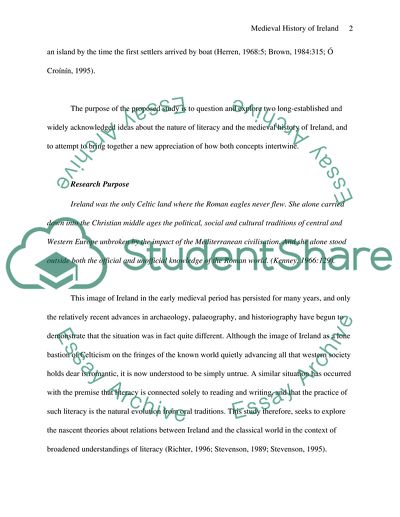Cite this document
(“Early medieval history of Ireland Term Paper Example | Topics and Well Written Essays - 2500 words”, n.d.)
Early medieval history of Ireland Term Paper Example | Topics and Well Written Essays - 2500 words. Retrieved from https://studentshare.org/history/1537544-early-medieval-history-of-ireland
Early medieval history of Ireland Term Paper Example | Topics and Well Written Essays - 2500 words. Retrieved from https://studentshare.org/history/1537544-early-medieval-history-of-ireland
(Early Medieval History of Ireland Term Paper Example | Topics and Well Written Essays - 2500 Words)
Early Medieval History of Ireland Term Paper Example | Topics and Well Written Essays - 2500 Words. https://studentshare.org/history/1537544-early-medieval-history-of-ireland.
Early Medieval History of Ireland Term Paper Example | Topics and Well Written Essays - 2500 Words. https://studentshare.org/history/1537544-early-medieval-history-of-ireland.
“Early Medieval History of Ireland Term Paper Example | Topics and Well Written Essays - 2500 Words”, n.d. https://studentshare.org/history/1537544-early-medieval-history-of-ireland.


